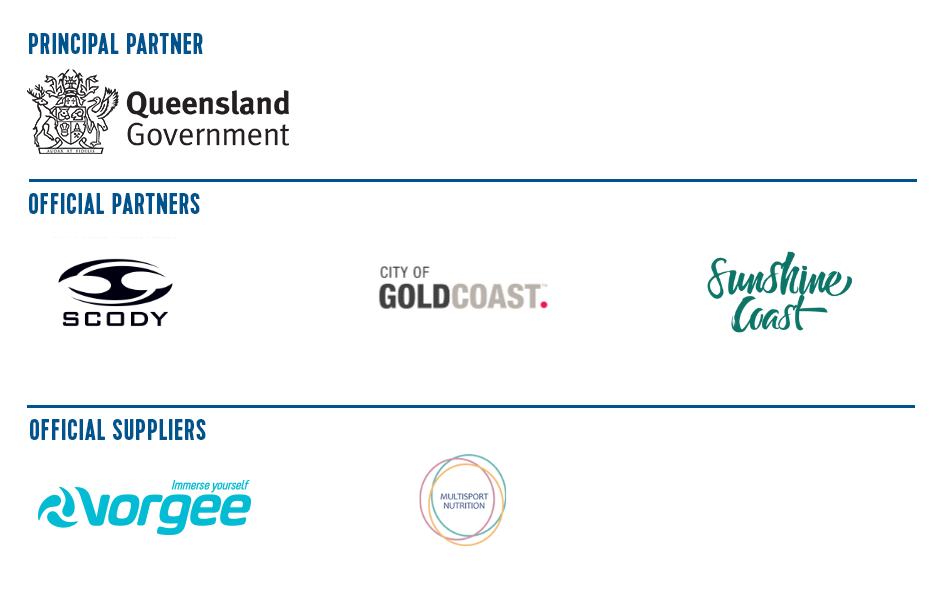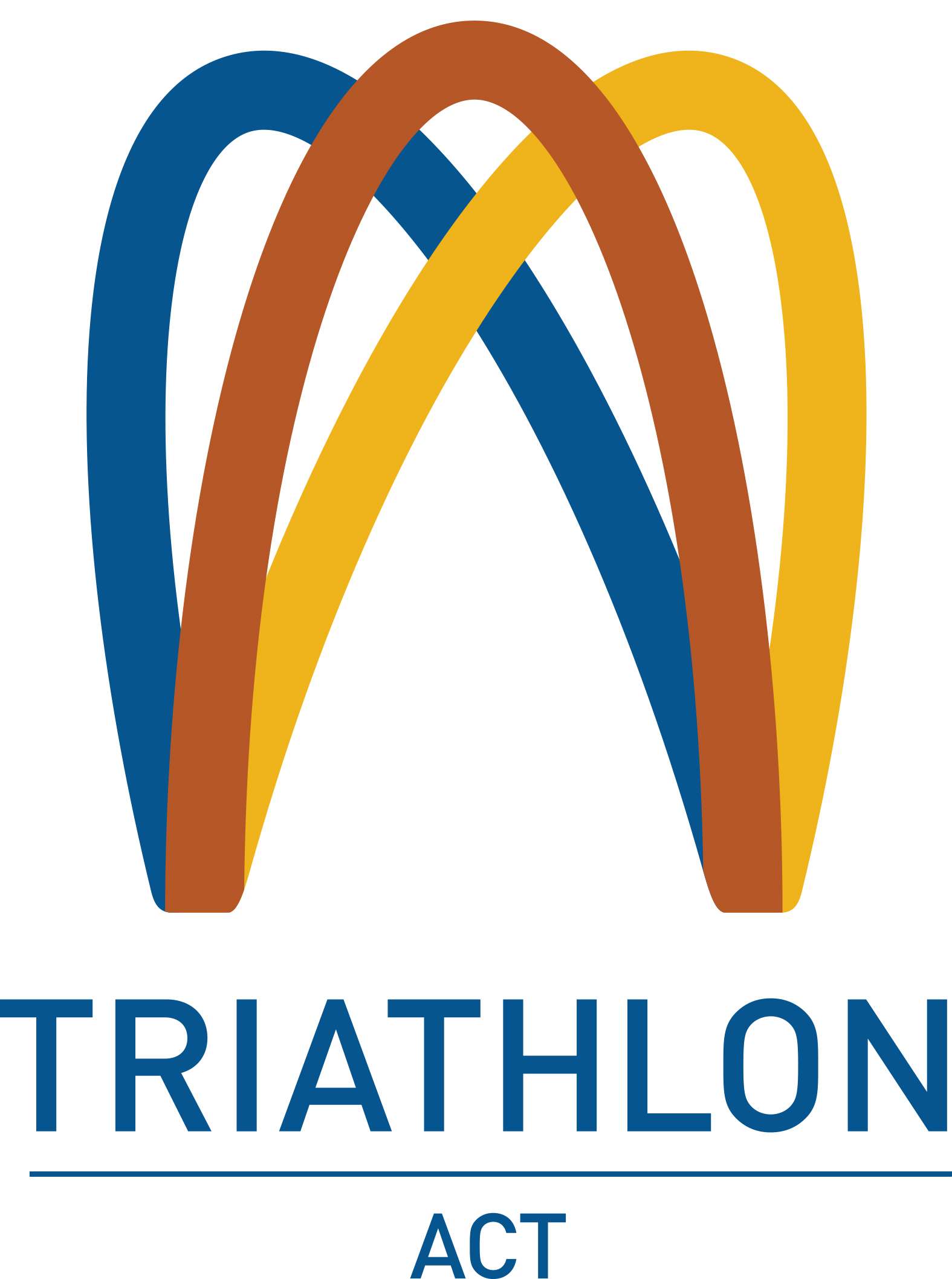Fluid is essential for life with the human body made up of approximately 60% water.
Water plays many important roles in our body including maintaining blood volume, transporting nutrients, getting rid of waste products and importantly, regulating our body temperature by sweating to lose heat.
Water plays many important roles in our body including maintaining blood volume, transporting nutrients, getting rid of waste products and importantly, regulating our body temperature by sweating to lose heat.
It’s well known that dehydration negatively affects performance. It impairs cognition (brain function), increases perception of effort (how hard you feel you’re working), reduces muscle endurance, causes early onset of fatigue, cramping and increases your risk of injury. The impact is progressive and is amplified in hot weather conditions.
Here are our tips for being well hydrated for both training and racing.
Training Hydration
Prior to training
• Being well hydrated for training is imperative. If you turn up to a session already dehydrated, performance at that session will suffer.
• You can monitor your own hydration status by checking the colour of your urine. You’re aiming for pale, straw coloured urine. If it’s clear, you’re overdoing it.
• Carry a drink bottle with you everywhere throughout the day. Leave a water bottle in your car, on your desk, in your backpack to assist you in meeting your daily fluid needs.
• In particularly hot conditions, consider having a bolus of fluid (200-400ml) immediately before you start a session. This will top up your hydration and primes the stomach to assist in maintaining good digestion during exercise.
• Being well hydrated for training is imperative. If you turn up to a session already dehydrated, performance at that session will suffer.
• You can monitor your own hydration status by checking the colour of your urine. You’re aiming for pale, straw coloured urine. If it’s clear, you’re overdoing it.
• Carry a drink bottle with you everywhere throughout the day. Leave a water bottle in your car, on your desk, in your backpack to assist you in meeting your daily fluid needs.
• In particularly hot conditions, consider having a bolus of fluid (200-400ml) immediately before you start a session. This will top up your hydration and primes the stomach to assist in maintaining good digestion during exercise.
During training
• Make sure you have fluid available during all training sessions; swim, bike and run, even in winter.
- You still sweat in the pool even if you don’t feel like you are. Leave a water bottle at the end of your lane and have a few sips when you have a break between sets.
- On the bike, ensure you have 2 bottle cages set up. Carry at least 1 bottle on shorter rides during winter, but make sure you take two bottles out on longer rides and in the summer months.
- For the longer course athletes, rear seat bottle cages are a great way to store another 1-2 bottles of fluid.
- Take a drink bottle with you to all running sessions. Track runs or sessions where you loop back to a common spot make it easier to take a few sips between sets. For longer runs, wear a fuel belt with your own fluids or plan a route that has bubblers along the way.
- Drinking during exercise can be difficult for some, especially during hard runs. The good news is; your gut is trainable so practice drinking in training to build up your tolerance. Start taking on small sips of water, building up your tolerance for drinking without getting a stitch or gut upset.
- You should never drink more than your sweat losses during exercise.
- You can check your sweat losses quickly by weighing in before and after a training session. You should never gain weight during training. See an Accredited Sports Dietitian for hydration testing if you need specific advice.
• Make sure you have fluid available during all training sessions; swim, bike and run, even in winter.
- You still sweat in the pool even if you don’t feel like you are. Leave a water bottle at the end of your lane and have a few sips when you have a break between sets.
- On the bike, ensure you have 2 bottle cages set up. Carry at least 1 bottle on shorter rides during winter, but make sure you take two bottles out on longer rides and in the summer months.
- For the longer course athletes, rear seat bottle cages are a great way to store another 1-2 bottles of fluid.
- Take a drink bottle with you to all running sessions. Track runs or sessions where you loop back to a common spot make it easier to take a few sips between sets. For longer runs, wear a fuel belt with your own fluids or plan a route that has bubblers along the way.
- Drinking during exercise can be difficult for some, especially during hard runs. The good news is; your gut is trainable so practice drinking in training to build up your tolerance. Start taking on small sips of water, building up your tolerance for drinking without getting a stitch or gut upset.
- You should never drink more than your sweat losses during exercise.
- You can check your sweat losses quickly by weighing in before and after a training session. You should never gain weight during training. See an Accredited Sports Dietitian for hydration testing if you need specific advice.
After Training
• Rehydration is key between sessions, especially if you’re backing up and training again that day.
• To rehydrate appropriately after training, aim to replace 150% of losses over the following 2-4 hours post-exercise. So, if you lost 1L of sweat, theoretically you need to replace 1.5L of fluid to rehydrate effectively.
• If you don’t know your sweat rate, plan to include 1-2 glasses of water with each meal and snack after training. The electrolytes in your food will assist with fluid retention without needing to supplement with extra.
• Rehydration is key between sessions, especially if you’re backing up and training again that day.
• To rehydrate appropriately after training, aim to replace 150% of losses over the following 2-4 hours post-exercise. So, if you lost 1L of sweat, theoretically you need to replace 1.5L of fluid to rehydrate effectively.
• If you don’t know your sweat rate, plan to include 1-2 glasses of water with each meal and snack after training. The electrolytes in your food will assist with fluid retention without needing to supplement with extra.
Race Hydration
Prior to racing
• Turning up to the start line well hydrated is important for a successful race performance. That doesn’t mean you need to drink excessively on the final days leading into competition. Acutely increasing your fluid intake beyond your requirements will only affect your kidneys normal filtration and is not advised, especially in a hot environment. Simply drink as per a normal rest day.
• 2 – 2 ½ hours prior to your event, include as a general guide 400-600ml of fluid with your pre-race meal or snack. This will top up your fluid stores with enough time to get rid of any excess. The exact amount you include will depend on your tolerance, the environmental conditions on the day and the race you are about to compete in.
• In shorter events such as enticers and sprints, the opportunity for fluid intake is limited. You will be able to weather some dehydration during these shorter events. Consider consuming a bolus of fluid (e.g. 200-400ml) immediately before race start to further top-up fluid stores and assist gastric emptying during the race.
• Turning up to the start line well hydrated is important for a successful race performance. That doesn’t mean you need to drink excessively on the final days leading into competition. Acutely increasing your fluid intake beyond your requirements will only affect your kidneys normal filtration and is not advised, especially in a hot environment. Simply drink as per a normal rest day.
• 2 – 2 ½ hours prior to your event, include as a general guide 400-600ml of fluid with your pre-race meal or snack. This will top up your fluid stores with enough time to get rid of any excess. The exact amount you include will depend on your tolerance, the environmental conditions on the day and the race you are about to compete in.
• In shorter events such as enticers and sprints, the opportunity for fluid intake is limited. You will be able to weather some dehydration during these shorter events. Consider consuming a bolus of fluid (e.g. 200-400ml) immediately before race start to further top-up fluid stores and assist gastric emptying during the race.
During racing
• The bike is your best opportunity to drink during a triathlon so make the most of it.
• Customise the quantity and type of fluids you carry on your bike to suit the environmental conditions on the day and the duration of the cycle leg. Carrying additional fluid that you are unlikely to consume only adds weight to your bike which will slow you down, especially on a hilly course.
• Have a plan of attack for when you want to drink. Some athletes like to drink every 10-15 minutes. You can also set an alarm on your sports watch to remind you to drink at regular intervals.
• If you struggle to drink during races, train your gut to take fluid on board in training.
• In the longer events, do your research beforehand and familiarise yourself with the location of the aid stations. It’s also a good idea to check what’s on offer so you can practice with these products in training if you plan to rely on these during your race.
• Sports drinks offer the specific benefit of providing fluid, carbohydrate and electrolytes simultaneously. Research has shown that consuming carbohydrate and fluid simultaneously enhances performance of endurance exercise.
• There are no general recommendations for how much fluid you should consume during an event. It’s important to know what sort of sweater you are and to develop a personalised hydration plan to prevent dehydration. An Accredited Sports Dietitian can assist you with this.
• The bike is your best opportunity to drink during a triathlon so make the most of it.
• Customise the quantity and type of fluids you carry on your bike to suit the environmental conditions on the day and the duration of the cycle leg. Carrying additional fluid that you are unlikely to consume only adds weight to your bike which will slow you down, especially on a hilly course.
• Have a plan of attack for when you want to drink. Some athletes like to drink every 10-15 minutes. You can also set an alarm on your sports watch to remind you to drink at regular intervals.
• If you struggle to drink during races, train your gut to take fluid on board in training.
• In the longer events, do your research beforehand and familiarise yourself with the location of the aid stations. It’s also a good idea to check what’s on offer so you can practice with these products in training if you plan to rely on these during your race.
• Sports drinks offer the specific benefit of providing fluid, carbohydrate and electrolytes simultaneously. Research has shown that consuming carbohydrate and fluid simultaneously enhances performance of endurance exercise.
• There are no general recommendations for how much fluid you should consume during an event. It’s important to know what sort of sweater you are and to develop a personalised hydration plan to prevent dehydration. An Accredited Sports Dietitian can assist you with this.
After Racing
• As with training, it’s important to rehydrate appropriately after your event. Work to rehydrate in the 4-6 hours after you’ve crossed the finish line, ensuring you drink with each meal and snack.
• A good way to check if you’ve done a good job of rehydrating is to check the colour of your urine the morning after your race. If it’s really dark, you didn’t do a particularly good job rehydrating. Reflect on what you did and increase this for next time. Bonus points for no alcohol or low-alcohol beverages!
• As with training, it’s important to rehydrate appropriately after your event. Work to rehydrate in the 4-6 hours after you’ve crossed the finish line, ensuring you drink with each meal and snack.
• A good way to check if you’ve done a good job of rehydrating is to check the colour of your urine the morning after your race. If it’s really dark, you didn’t do a particularly good job rehydrating. Reflect on what you did and increase this for next time. Bonus points for no alcohol or low-alcohol beverages!
Content provided by: Taryn Richardson, Accredited Sports Dietitian, Dietitian Approved










